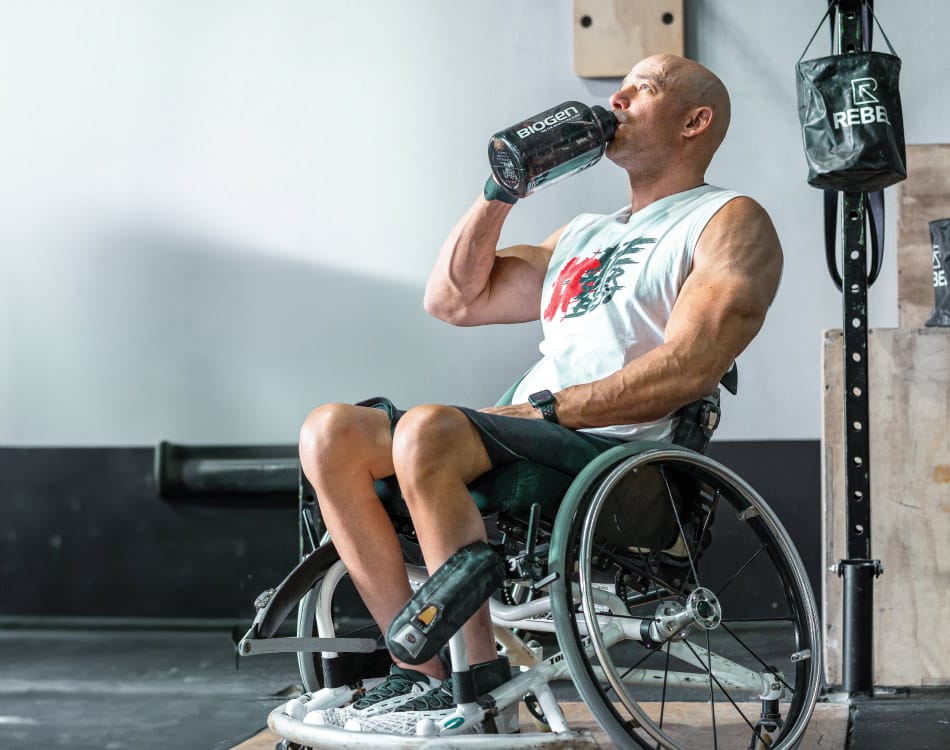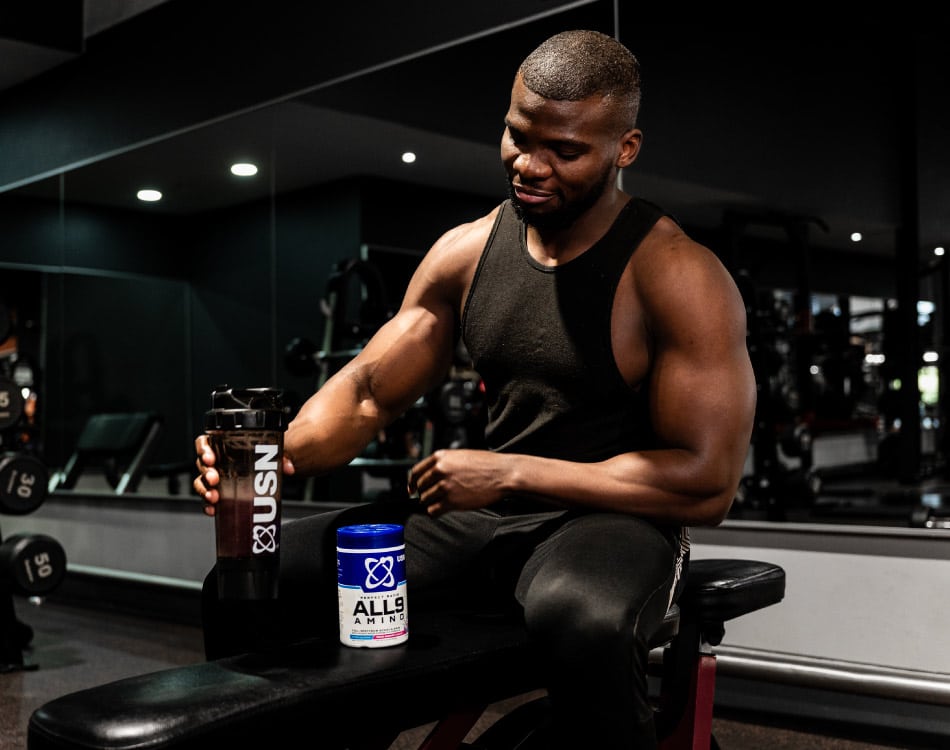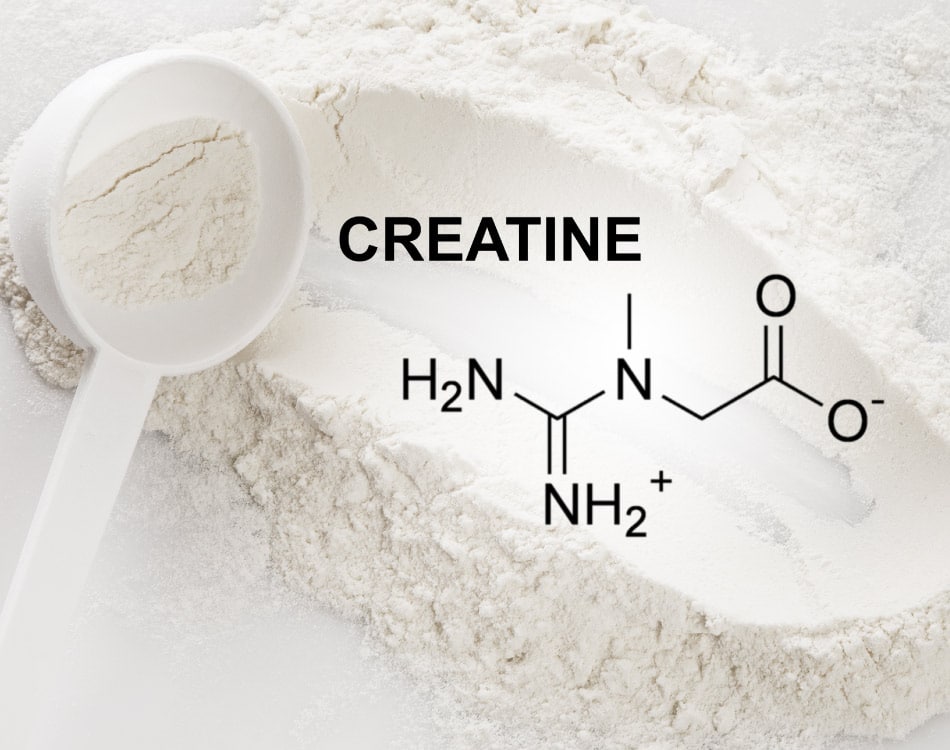Time away from training is a concern for every serious gym-goer.
But how concerned should we be about the potential to lose those gains following a few days off due to illness or work commitments?
READ MORE | How Quickly Does Your Fitness Decline When You’re Forced To Stop Training?
Time away from the weights
When you stop exercising for an extended period of time, various physiological changes happen in body and, in particular, within muscle cells.
However, the rate at which this ‘de-training’ occurs depends on numerous factors, including genetics and your training history.
For CrossFitters, Olympic and powerlifters, and athletes who play sports that require explosive speed and power, it seems that up to 3 weeks of detraining should leave experienced weight lifters with little or no ill-effects.
READ MORE | How To Structure Diet To Eat For Energy Or Strength
Losing srength
Take more time off, though, and you start down a slippery slope of accelerating losses in strength.
The major factor related to detraining and strength is a lose in neuromuscular training adaptations. Without the stimulus of training, impulse firing at the neuromuscular junction becomes ‘sluggish’ after 2 or more weeks with no training.
This does, however, mean that you can quickly regain strength after 3-4 weeks, as very little structural degradation occurs.
Muscle tissue will only really start to atrophy (decrease in size and contractile strength) after 3 weeks of detraining, but initial loses in muscle size seem to be more closely related to a loss in glycogen storage capacity.
Again, this effect is transient as carbo-loading and sufficient water intake can reverse the effects quite quickly, if training is resumed within a 3-4 week period. After 4 weeks of inactivity, eccentric force and sport-specific power may suffer significant declines in highly trained athletes, according to researchers Mujika and Padilla (2001).
From then on the decline in strength accelerates, with data from a meta-analysis of 27 studies on how detraining affects strength, conducted by McMaster et al., (2013), determining that strength “decay rates will increase thereafter (5–16 weeks).”
Rates of decline in strength
- 1-3 weeks: Little or no decline
- 4-5 weeks: Some loss in strength due to neuromuscular training adaptations
- 5-16 weeks: A more rapid decrease in strength levels
READ MORE | Pick Your Training Split To Muscle-Up Your Workouts
Disappearing muscle
In terms of muscle size, as already mentioned, the main contributor to a reduction in muscle cell volume is the rapid loss of muscle glycogen stores in response to the cessation of physical activity.
When muscle glycogen stores decrease, there is an associated loss of water as 1 glycogen molecule binds to 3 water molecules. Accordingly, this loss is size is more accurately described as a loss of the water contents of muscle cells (Nygren et al., 2001).
In terms of any meaningful loss in the cross-sectional area of muscle fibres, it seems that up to 3 weeks of no training shouldn’t affect muscle size in any meaningful way.
The rate of muscle fibre loss can also be attenuated with an increase in protein intake. It is, however, worth mentioning that muscle atrophy will accelerate in those who are completely immobile for a period of 2 or more weeks.













